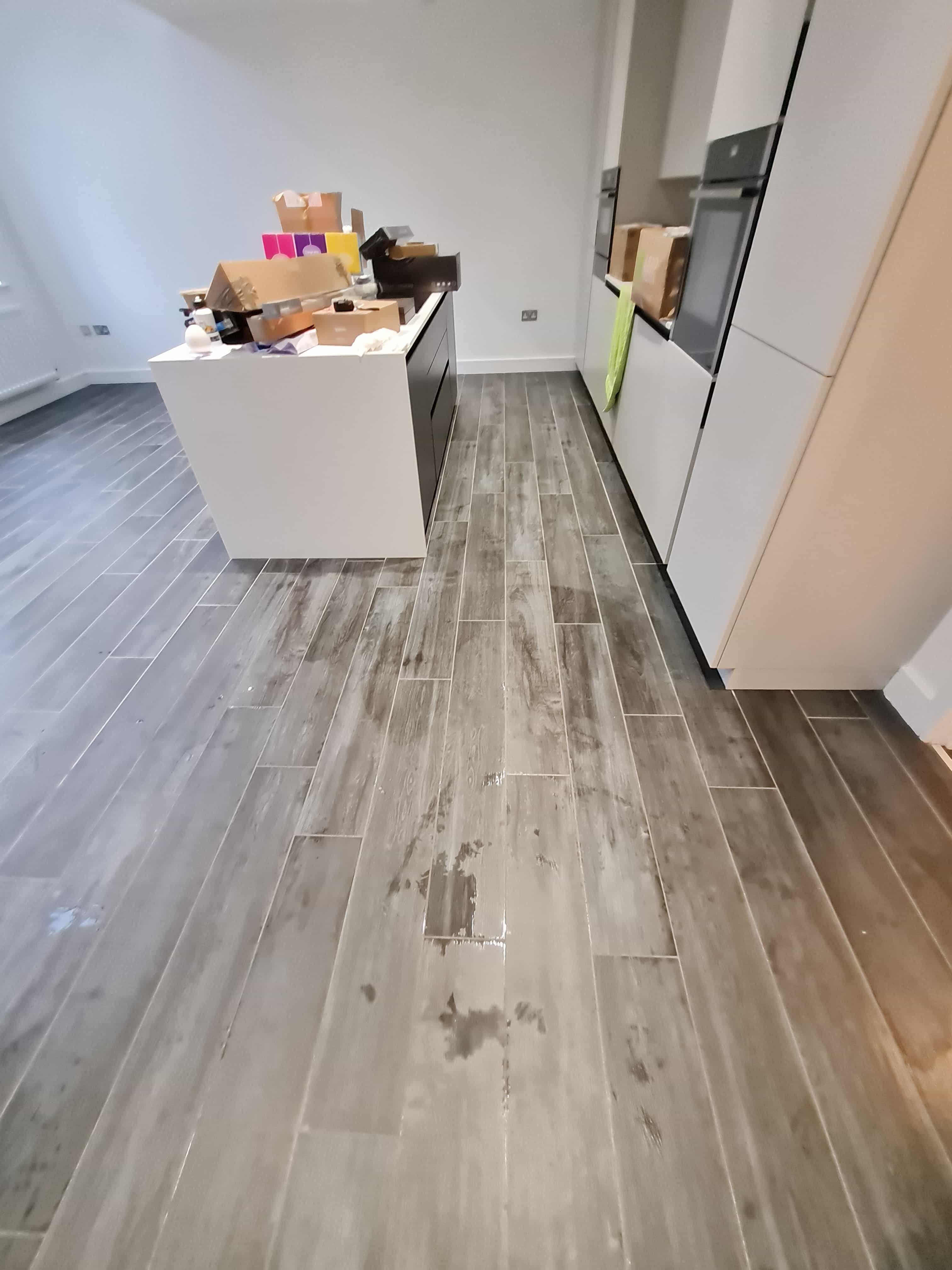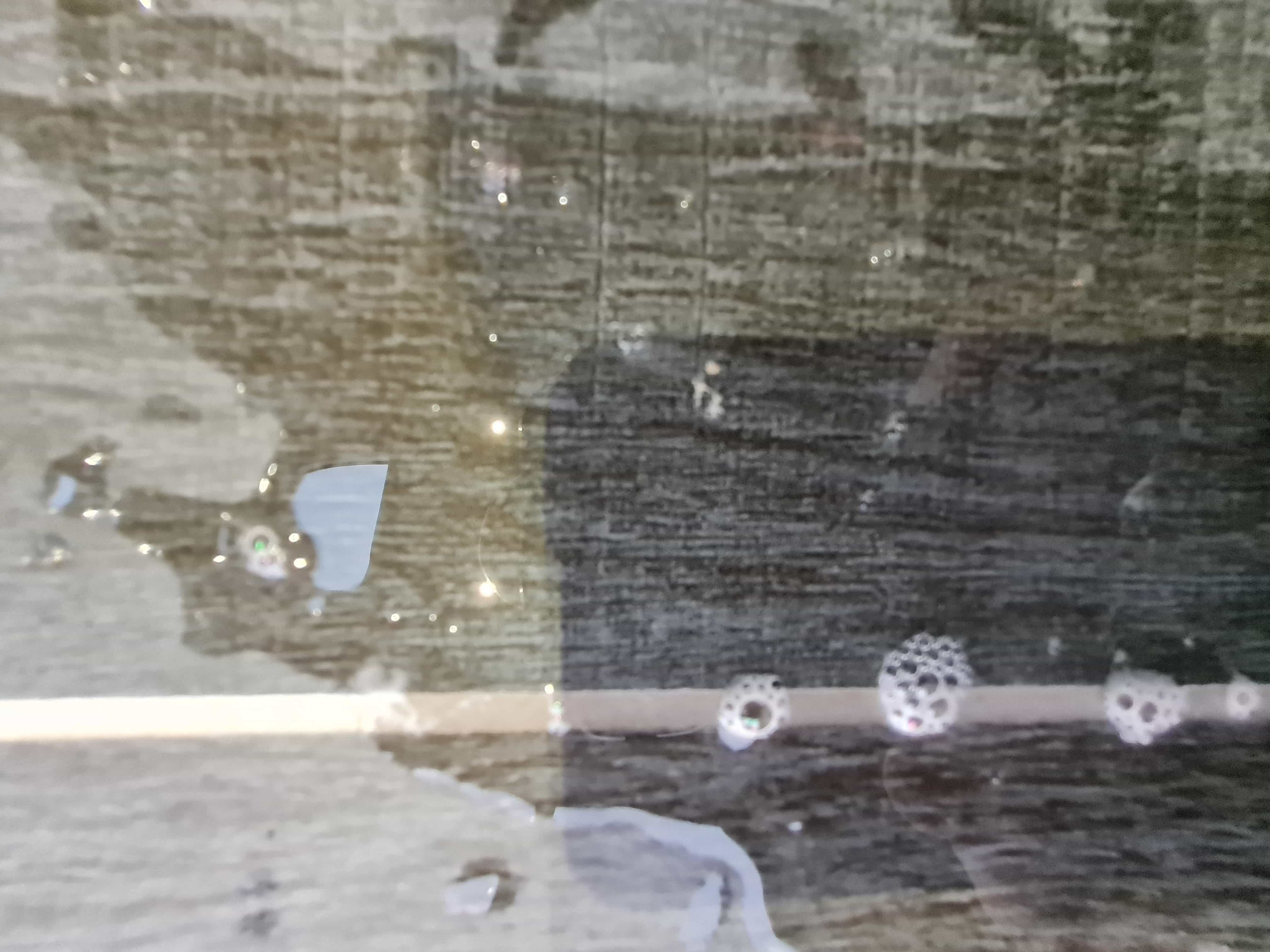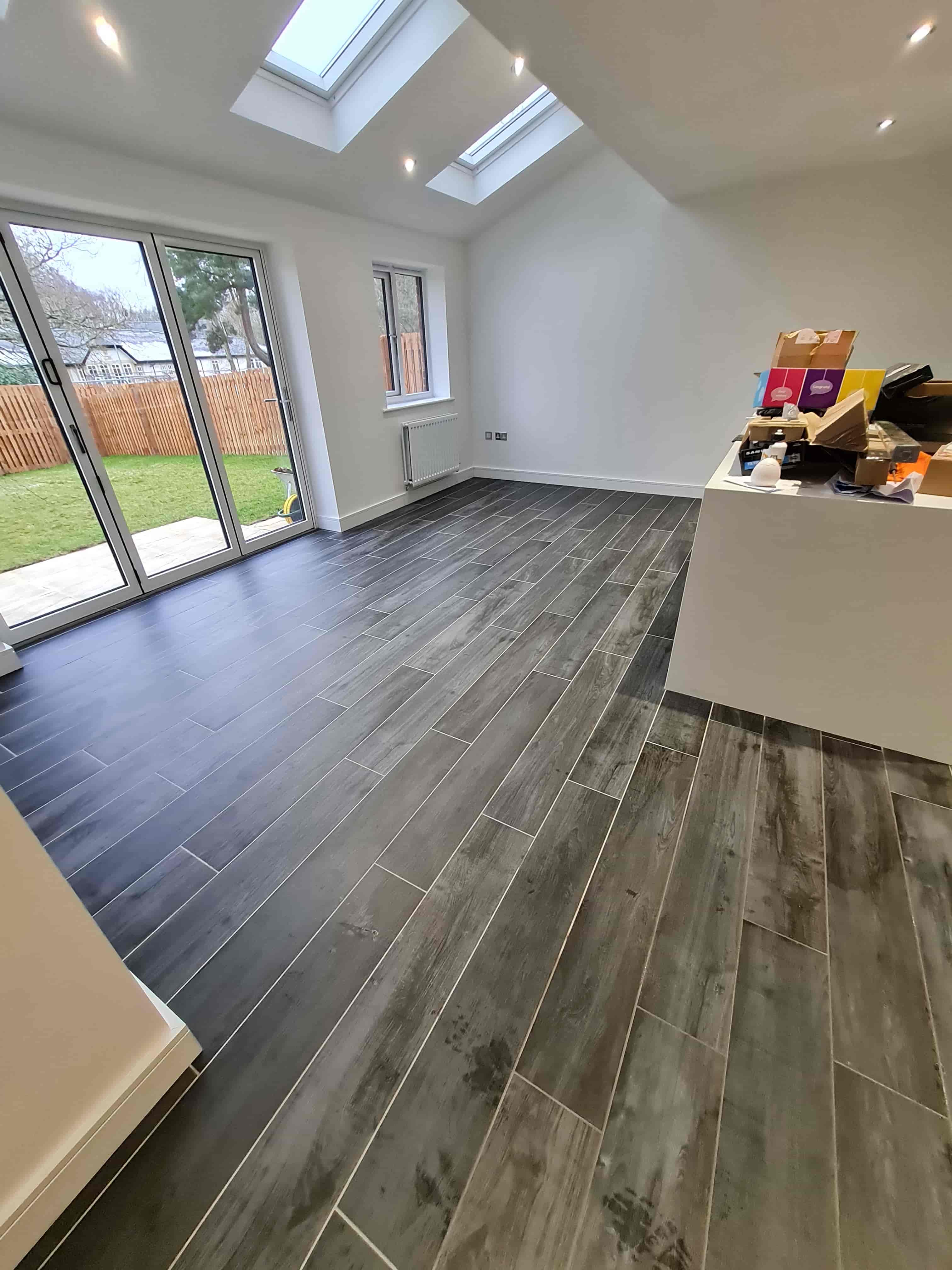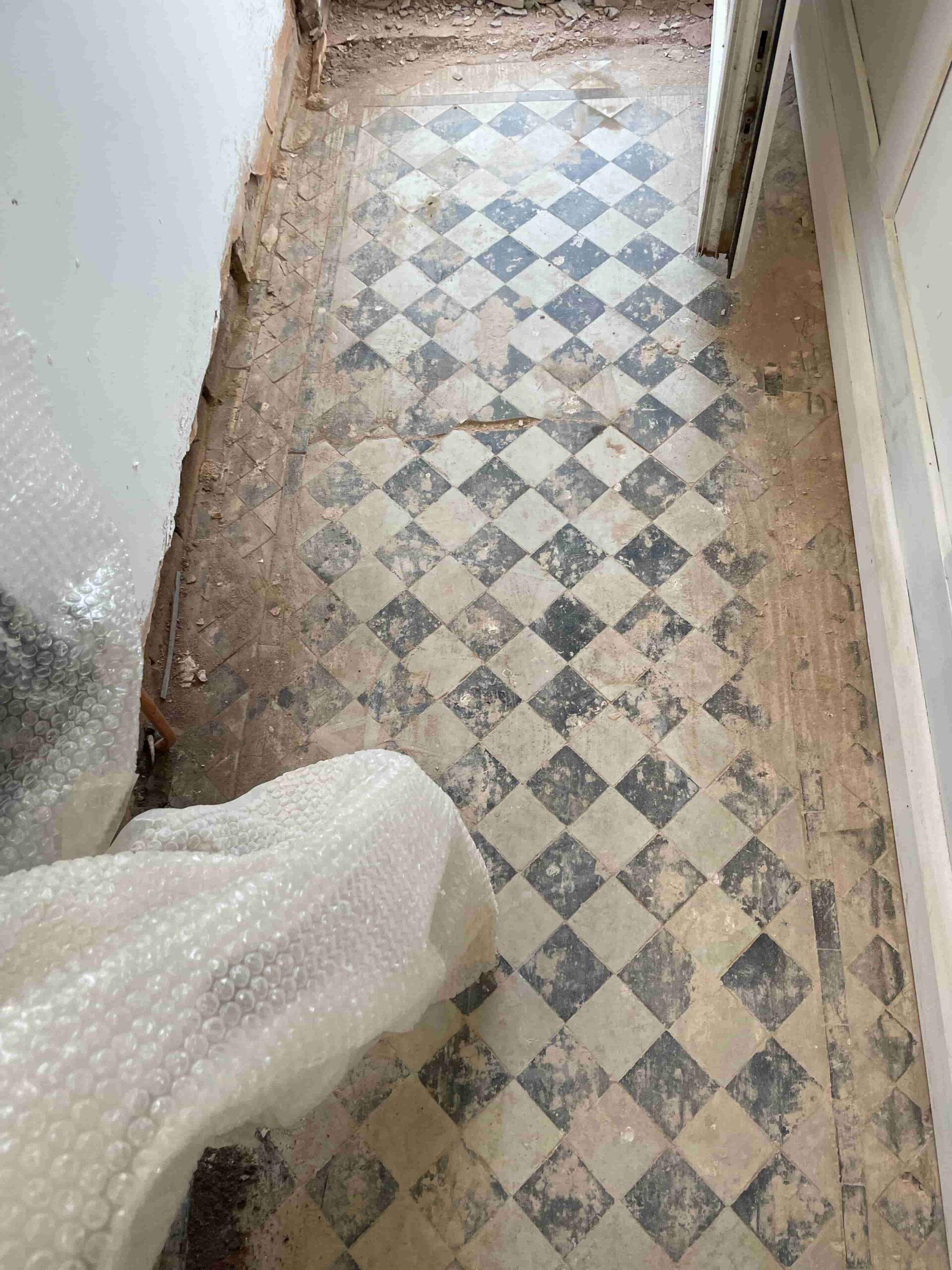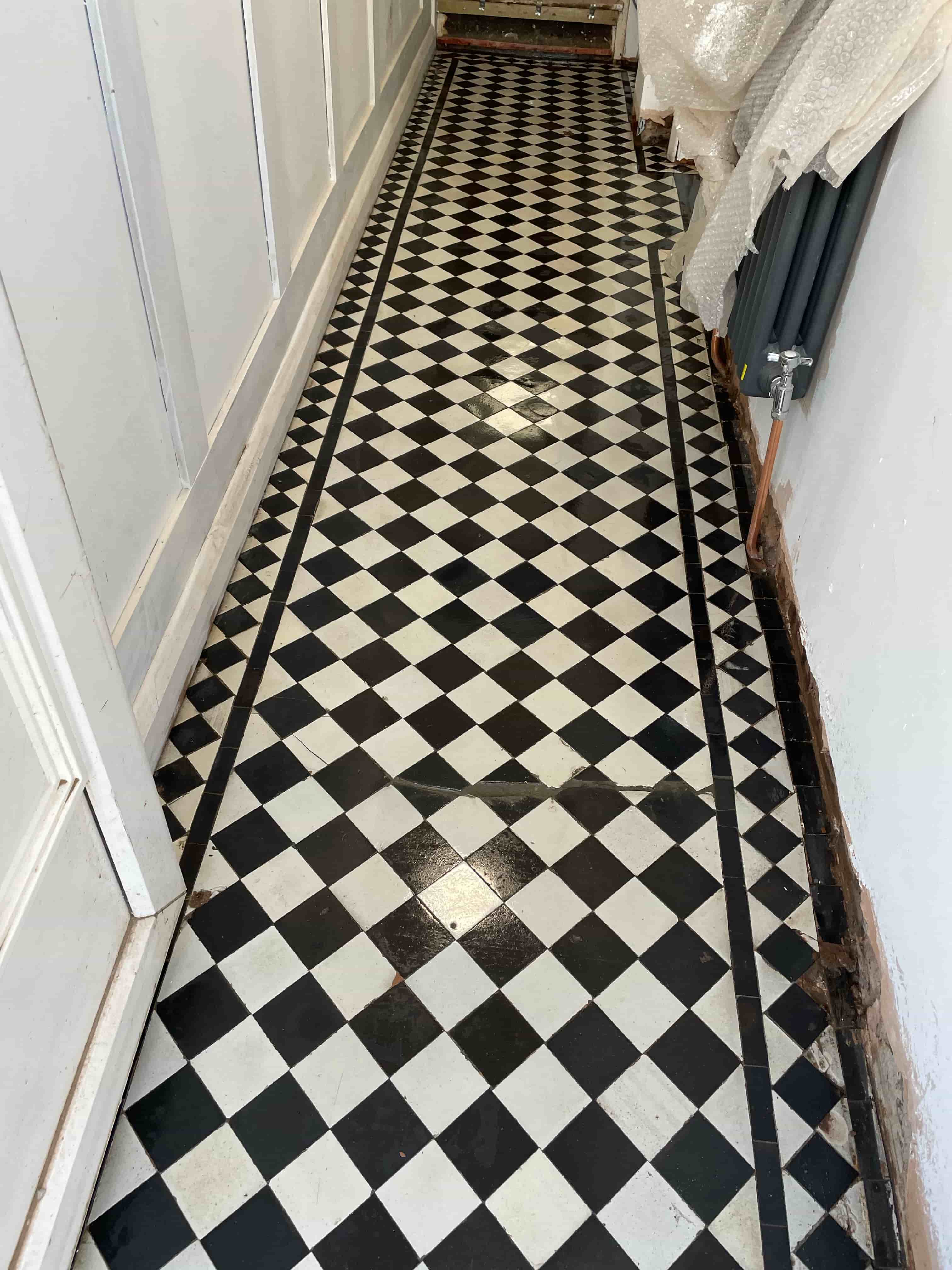An in-floor radiant heat system uses electric coils or heated water tubes installed under floors. The heat from the coils or tubes radiates upwards and warms up the living space. In contrast to forced air furnace heating systems that warm the air in a home, an in-floor radiant heat system works by radiating heat, thereby warming objects above the floor. Enlisted below are some of the common benefits and drawbacks associated with the purchase, installation, and use of in-floor radiant heat systems.
Radiant Heat Benefits
An in-floor radiant heating system is much more long-lasting when compared to a normal furnace. A high-quality radiant heat system can last more than 35 years if taken care of and maintained properly. In comparison, a furnace can only last for about two decades.
In-floor radiant heating systems are available in 2 versions – hydronic systems, which use heated water, and electric systems that use electric coils. Hydronic systems are more expensive to install but are suitable for installing in new homes and for whole-house projects. Electric heating systems are cheaper to install but may have higher operating costs.
Compared to forced-air heating systems seen in most homes, an in-floor radiant heat system typically has higher efficiency and better heat retention. This is because the heat is retained in the lower part of the room, unlike in forced-air systems, where the heat rises. As a result, most people are comfortable at a lower temperature using in-floor radiant heat. This can also lead to significant energy savings.
Allergy sufferers often have severe symptoms when the ducts and vents in a home are dirty. An in-floor radiant heat system is therefore suitable for people prone to allergies because there is no dependence on ducts or vents, which blow out warm air to heat the home.
There is more freedom in furniture placement because there are no vents to leave unblocked.
In-floor radiant heating systems are quiet and efficient in operation. There is no sound emanated from the pipes or coils underneath, unlike furnaces that can get noisy.
If you live in an older home, you can choose to install in-floor radiant heat only in certain parts of your home. Electric radiant heat systems require less work to install as compared to the hydronic versions.
Radiant Heat Drawbacks
An in-floor radiant system can be slow to warm up the living space. A hydronic system can take a few hours, whereas an electric system can take about an hour. Concrete floors also take a very long time to heat up. However, because heat retention is excellent, most homeowners may benefit from turning on the system during off-peak hours.
Installing an in-floor radiant system has large upfront costs as compared to a traditional furnace system. Most people find these costs too high and may prefer a furnace heating system.
In-floor radiant heat systems require little care or maintenance. However, any damage to the system, especially if it is hydronic, can result in costly repairs. It is also challenging to detect problems in the pipes or coils because of the under-floor layout.
Source: www.DoItYourself.com
